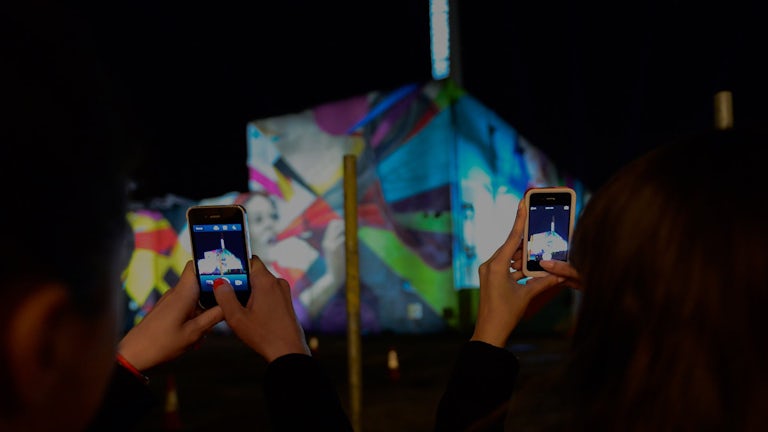Shopping Bag (0)
Your shopping bag is empty


There was a time when the things you owned went some way to defining you – having a car, a watch, a Chanel bag all went some way to showing the world who you were (and how much money you had). But the day of the yuppie is over. We know that young people today have a different idea of success, in fact, 42% believe that it is happiness that defines success, more so than material possessions.
Young people want to enjoy their work, make meaningful relationships and – crucially – have an experience. As physical status symbols dwindle in appeal, the intangible ‘experience’ grows. Young people want to be able to show what they’ve been doing, not what they’ve bought. Due to the rise of social media, experiences are playing a greater role in creating the ‘brand of me’. It’s true – 70% of young people would rather tell people about something they have done, rather than something they have bought.
Just look at how marketing models are changing. The age of the 30 second TV commercial is coming to an end with watch-on-demand TV and dual screen usage becoming common. Instead, brands have to reach their audience in ever-new and engaging ways – it’s not good enough to merely wave a product in front of young people, you have to show how it fits into their lifestyle.
Young people can be a bit of a paradox; 80% want brands to entertain them but only 30% would share branded content on social media. What they will share is a branded experience they have had and we've found that the greatest form of influence to purchase (53%) comes from peer to peer recommendation.
So, content can also work, especially if it is given to them in a beautifully designed package that gives them social currency. We saw this when we created a festival themed GIF booth with Hunter and GIPHY. Giving people the ability to craft their own content in the parameters of a tiny portable toilet showed that big doesn’t necessarily mean beautiful. In scaling down, our impact was actually heightened. The less is more mentality has also been successfully used by the Flashpack who created a full-length two-way mirror masquerading as a photo booth. Motion sensors activated filament style lighting on each side, and guests at the W Hotel engaged in high numbers.
Delta Airlines took simplicity to a whole new level last year – creating an installation that really connected with their audience one person at a time. Their 'Stillness in Motion' campaign used the heartbeat as a measure of engagement. Each person received an 'orb' and walked into a room alone. As they sat, the room slowly illuminated and the lowest heart rate was sensed and captured in the orb, as a camera caught an image that the user could share online. Inspired by 'mindfulness', this experience was rooted in a meaningful reflection by the audience. These simple ways to create user generated content bring audience and brand closer together in a shared experience that resonates.
The lesson is to look to experience in a nuanced way – be where your audience are, give them social currency and sincerely understand what they are entertained by. Of course, include your brand wherever possible – but place it cleverly, not plastering it everywhere. Young people are savvier than ever when it comes to brand activations but as long as your creating an immersive environment that gives back to your audience, you'll make the right connections.